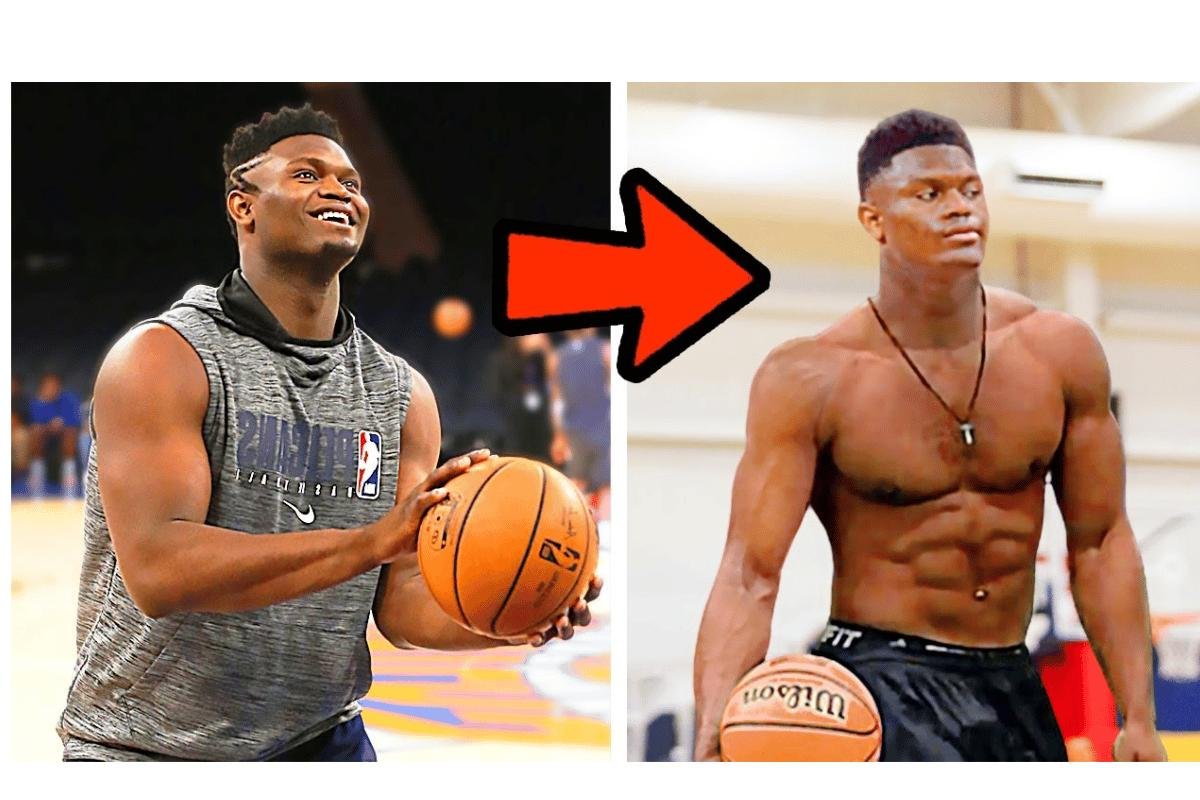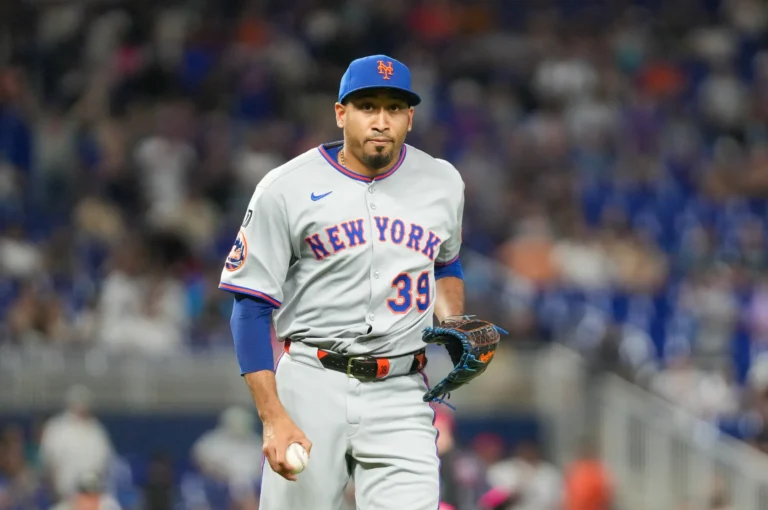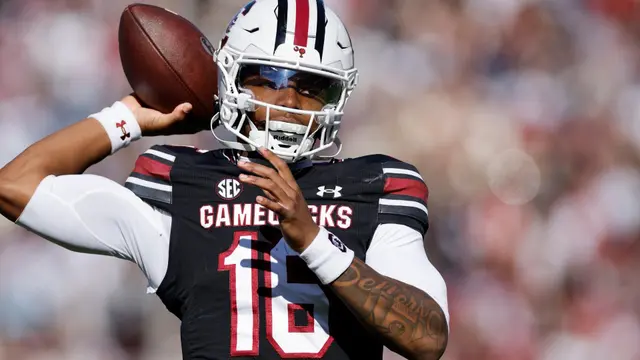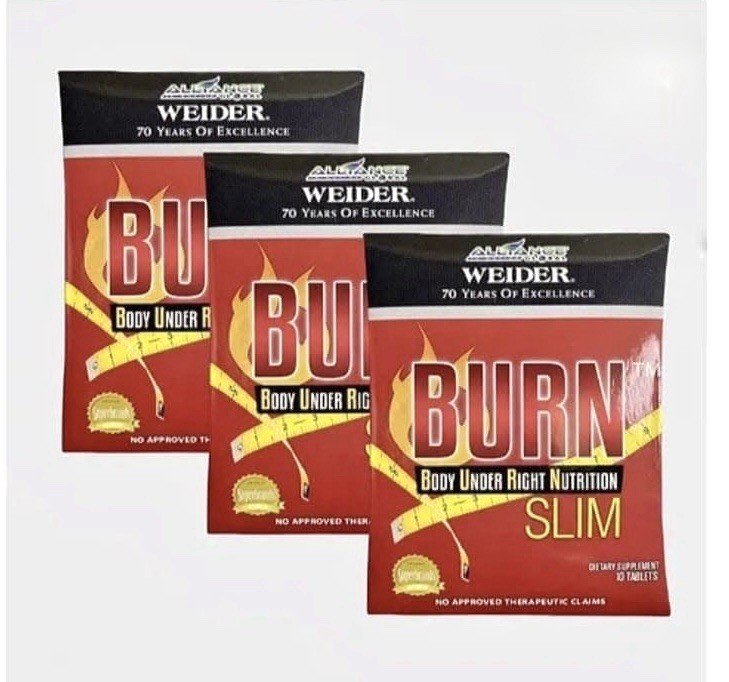Zion Williamson stunned the NBA world at the New Orleans Pelicans’ 2025 Media Day with a markedly leaner frame, crediting a summer of boxing sessions and football-field conditioning designed to improve durability and day-to-day readiness. He described “a shift” in how his body feels—stating he hasn’t felt like this since college—and framed the transformation as the product of a structured plan under performance lead Daniel Bove and heightened organizational accountability.
Williamson’s weight loss journey began in earnest during hamstring rehab last season, when conversations with Bove led to an atypical but targeted conditioning blueprint to counter years of fluctuations and soft-tissue setbacks. Instead of simply returning to heavy explosive training, the program layered low-impact conditioning modalities with footwork and agility, with daily work aimed at being ready to practice and play rather than merely peaking for isolated moments. Media Day images and coverage highlighted a visibly slimmer silhouette and more elastic movement, fueling talk that a lighter, well-conditioned Williamson could finally sustain availability across the grind of an NBA season.
The routine itself emphasized variety and joint-friendly intensity. Williamson incorporated boxing rounds to build aerobic capacity, core stability, and reactive footwork without the repeated jumping and cutting loads that accumulate stress on the knees and ankles. Field sessions introduced linear and multi-directional sprint patterns, accelerations, and change-of-direction work to strengthen hamstring resilience and sustain top-end output late in games and over back-to-backs. Skill work, according to multiple reports, featured an emphasis on navigation through contact and traffic, a logical step for a downhill finisher, translating a lighter frame into functional strength and balance at the rim.
Coaching and leadership voices within the Pelicans organization underscored a new framework of accountability surrounding Williamson’s conditioning, a shift he openly embraced. Head coach Willie Green noted consistent off-season presence and attention to detail, a sharp contrast with prior years when availability yo-yoed and reconditioning cycles repeatedly reset momentum. The broader message from both Williamson and the club is clear: conditioning is now a year-round pillar, not a preseason scramble, and it will be measured by daily readiness and sustained minutes rather than one-off physique snapshots.
One of the most-asked questions—how much weight was lost—remains largely unanswered by official numbers, though reporters and fans agreed the difference is striking on camera and in photos. USA Today’s for the Win coverage centered on what changed rather than exact figures, detailing the routine elements Williamson himself highlighted while noting his public insistence that he simply feels better and more prepared than at any point since Duke. Yahoo Sports and other outlets echoed that framing, situating the transformation in a “make-or-break” context for a 25-year-old who has flashed All-NBA dominance when healthy but battled absences and conditioning scrutiny throughout his tenure.
On diet, there are still no verified, detailed disclosures. Media Day and subsequent reporting did not include a macronutrient breakdown, meal-timing approach, or named protocols such as intermittent fasting or specific supplementation schedules from Williamson or the team. Coverage consistently emphasized training variety, recovery emphasis, and organizational structure rather than nutrition specifics, suggesting any dietary changes were kept internal or not central to the public narrative. Without first-hand detail, the strongest factual takeaway is that the visible transformation was attributed to the conditioning plan and day-to-day professional habits more than any revealed diet template.
Equally important is what the reporting does not show: there is no credible indication in the cited sources that Williamson used prescription weight-loss medications, performance-enhancing drugs, or any particular pharmacologic agent in connection with this transformation. The framing across outlets is consistent—this was a training-led shift, overseen by the Pelicans’ performance staff, with Williamson’s daily routines and accountability taking center stage rather than pharmacological aids.
The practical stakes for New Orleans are enormous. A lighter, better-conditioned Williamson could mitigate cumulative joint stress and hamstring vulnerability, enabling more consistent two-way impact and lineup stability across 82 games. The Pelicans’ hopes for upward mobility in the West have long hinged on availability at the top of the roster; this iteration of Williamson signals a path where conditioning and sustainable workload management support his trademark force at the rim and improved defensive coverage range. If this version holds, the conversation can move beyond physique discourse to on-court results—efficiency at scale, late-game stamina, and the kind of continuity that shapes playoff identity.













